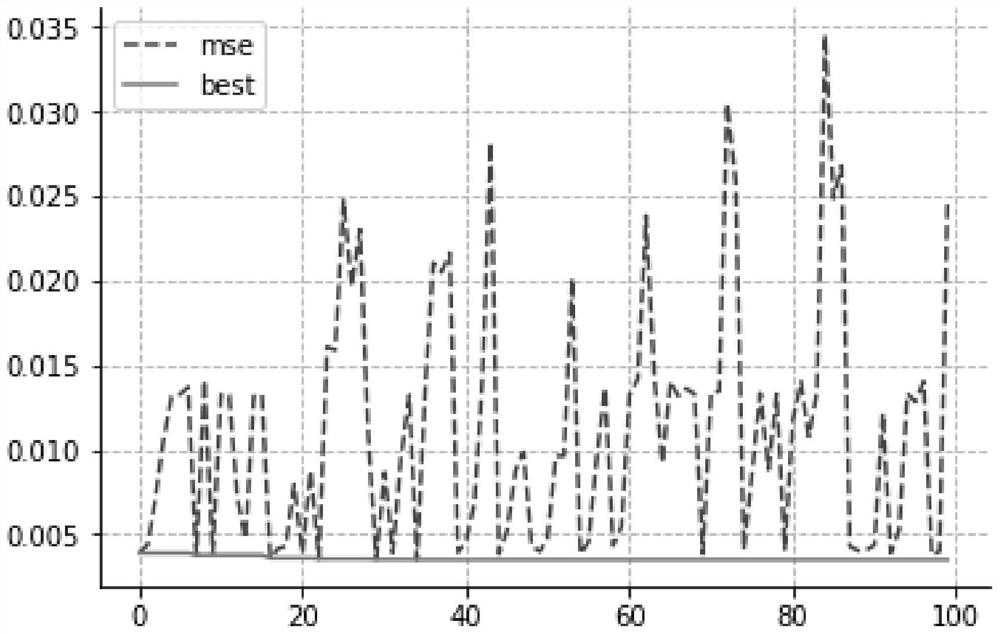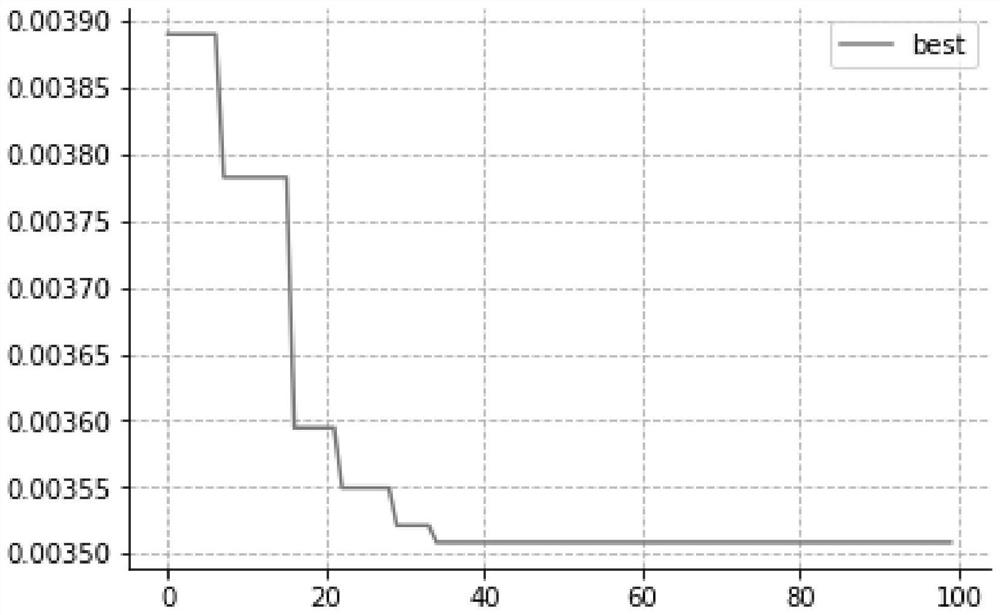A Traffic Flow Prediction Method Based on Genetic Algorithm Optimizing LSTM Neural Network
A neural network and genetic algorithm technology, applied in the field of traffic flow prediction based on genetic algorithm optimization of LSTM neural network, can solve the problems of unable to find the optimal parameter combination of LSTM neural network, long training time, poor prediction performance, etc.
- Summary
- Abstract
- Description
- Claims
- Application Information
AI Technical Summary
Problems solved by technology
Method used
Image
Examples
Embodiment Construction
[0053] The present invention will be further described below in conjunction with examples, and the described embodiments are intended to facilitate the understanding of the present invention, but not to limit it in any way.
[0054] A traffic flow prediction method based on genetic algorithm optimization LSTM neural network, the main process is as follows figure 1 shown, including the following steps:
[0055] Step S1: collect traffic flow data, and perform data normalization preprocessing, and divide it into training data set and test data set.
[0056] The traffic flow data comes from the high-definition bayonet detector of the expressway. At a specific observation point or road section, the number of vehicles passing within a certain time interval, the time interval can be formulated according to the actual forecast demand. What the present invention uses is 5 minutes, Sample data at four time intervals of 15 minutes, 30 minutes, and 60 minutes.
[0057] Read and obtain the...
PUM
 Login to View More
Login to View More Abstract
Description
Claims
Application Information
 Login to View More
Login to View More - R&D
- Intellectual Property
- Life Sciences
- Materials
- Tech Scout
- Unparalleled Data Quality
- Higher Quality Content
- 60% Fewer Hallucinations
Browse by: Latest US Patents, China's latest patents, Technical Efficacy Thesaurus, Application Domain, Technology Topic, Popular Technical Reports.
© 2025 PatSnap. All rights reserved.Legal|Privacy policy|Modern Slavery Act Transparency Statement|Sitemap|About US| Contact US: help@patsnap.com



